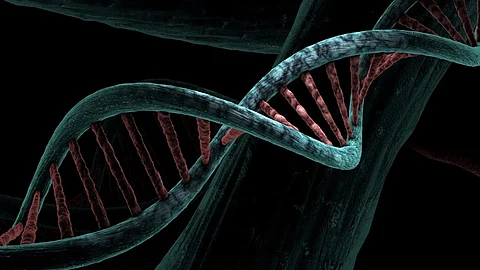If a scientist is studying cancer biology in the human genome, they would use a human genome reference sequence as a standard comparison to the gene sequence generated in their study to learn more about function.
Currently, human genome reference databases are not well equipped to recognize Ribo-seq results. The lack of standardization inhibits Ribo-seq’s use for the global research community.
To remedy this, Prensner, whose lab focuses on the molecular basis of pediatric brain cancers, teamed up with an international group of researchers to begin a project to improve human genome reference databases for Ribo-Seq use.
During Phase I of the project, this team of research organizations produced a standardized catalog of 7,264 Ribo-seq Open Reading Frames – spans of DNA fragments that code for proteins – which is made freely available to scientists worldwide. Although a good start, this catalog requires additional scrutiny to answer a critical question for the research community: how many of these Open Reading Frames truly produce a protein product?
Cross-checking results
Prensner led a research effort to integrate Ribo-Seq and proteomics techniques, laboratory methods to confirm the presence of a protein within a cell, to increase researchers’ confidence in whether these Ribo-Seq Open Reading Frames produce proteins.
The results are published in Molecular & Cellular Proteomics.
The research team proposes a framework to standardize levels of evidence for these newly identified protein-coding regions.
Classifications vary from “protein candidate” with the strongest required supporting evidence to “detected” with the least required supporting evidence.
“We believe this common terminology and shared database resources will reduce confusion and improve the precision of research on these Open Reading Frames identified by Ribo-Seq,” said Prensner.
Improved databases will support more accurate gene sequencing interpretations and foster insights in cancer as well as across all aspects of human biology for years to come.
(SC/Newswise)


